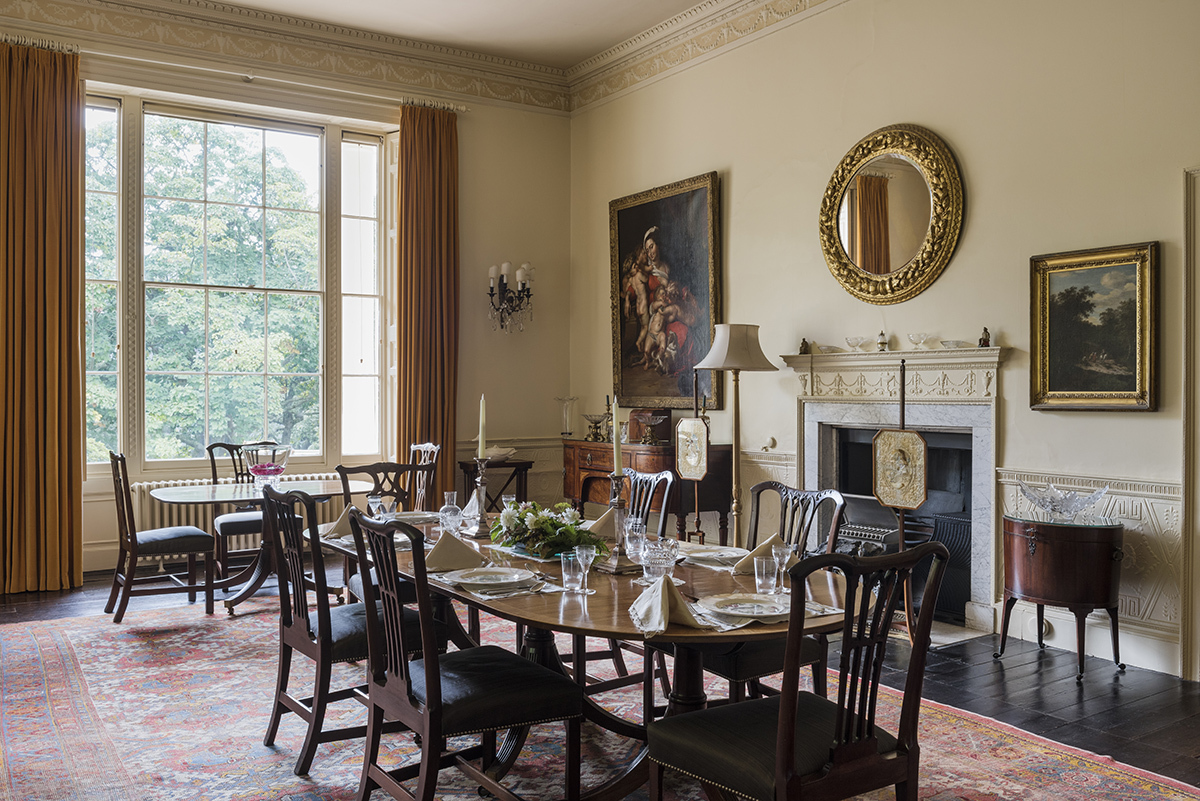From Literary Hub:
Greenway is an 18th-century house that stands amidst sloping gardens and woods, overlooking the River Dart in Devon, England. In its time it has been the property of seafarers, mining magnates, a member of Parliament, and the world-renowned crime writer Agatha Christie; nowadays, it is owned by the National Trust, which opens it up to the public. Houses—stately or not—have always struck me as exciting places to begin thinking about and planning stories, and it was a brief visit to Greenway, back in 2010, that inspired my latest novel, The Whispering House.
Agatha Christie fell in love with and bought Greenway in 1938, occupying it until her death in 1976, and it’s her mid-20th century version of the house that the National Trust has put on display. Books are placed askew beside sofas and beds, as if they have just been set aside, walking sticks and hats are ready for use beside the front door, and there are shelves filled with curios that the well-travelled Christie brought back from all corners of the world.
On my summer holiday visit, 11 years ago, it was the library that struck me as Greenway’s most thought-provoking room. During World War II it was used as a mess room by members of the US Coastguard, who requisitioned the house in advance of D-Day, and one of the men, a professional artist named Lt. Marshall Lee, painted a frieze around the upper parts of all four walls. The frieze was, and is, a striking sight, depicting the soldiers’ eventful journey to England, which began in Houston, Texas and culminated with their arrival at Greenway. It mixes oddly with the otherwise restrained, period character of the room, but there is something wonderful about the oddness, like musical notes in a clashing chord. It got me thinking about the multiple layers of history that many—if not most—rooms contain within themselves, even if these layers are rarely as conspicuous as the ones in Greenway library. Agatha Christie herself obviously enjoyed the dissonance: when the house was returned to her in 1945, and the US Commander offered to have the frieze painted over, she refused, declaring it an “historic memorial” and professing herself, “delighted to have it.” (Read more.)




















No comments:
Post a Comment